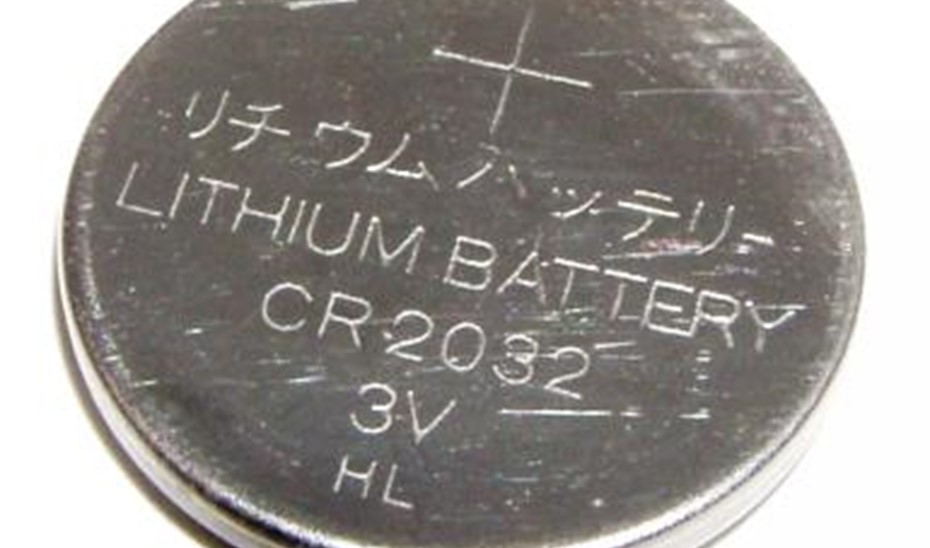DSB opplyser at bransjen kan benytte dagens regelverk fram til 30.06.19 (jf ADR/RID 1.6.1.1.). Så selv om inntreden av regelverket – slik som annonsert på Farlig avfallskonferansen – var 01.01.19, er det altså mulig å praktisere etter dagens regler fram til sommeren neste år.
Endringene som ble annonsert på Farlig avfallskonferansen har bakgrunn i en internasjonal avklaring om at EE-avfall som inneholder litiumbatterier (også litiumbatterier innmontert i utstyr) er å anse som farlig gods. Det har derfor kommet tydeligere krav til EE-avfall som inneholder slike batterier. Det er imidlertid en misforståelse i bransjen at det kommer skjerpede krav til transportbeholdere, presiserer DSB. Her er noen hovedpunkter:
- EE-avfall i form av utstyr som inneholder litiumbatterier skal klassifiseres enten som UN 3091 eller UN 3481. Litiumbatterier som er demontert fra utstyr, skal klassifiseres som UN 3090 eller UN 3480. Selve utstyret batteriene var montert i, skal da ikke betraktes som farlig gods med mindre utstyret ikke inneholder andre komponenter farlig gods.
- Klassifikasjonen UN 3171 vil i sammenheng med litiumbatterier bare være relevant for kjøretøyer
- I sammenheng med farlig gods-klassifisering som UN 3091 eller UN 3481, kommer en viktig bestemmelse som er gjengitt på engelsk nedenfor (teksten er for tiden under oversettelse hos DSB). I denne refereres det til at samtlige klassifikasjoner for litiumbatterier som skal transporteres for avhending eller gjenvinning må emballeres i tråd med emballasjebestemmelse P909 eller annen sterk ytteremballasje (returbeholder) slik som beskrevet i den engelske teksten under, jf punkt (b)(i). Med denne nye bestemmelsen får aktørene nå et alternativ til P909.
- DSB påpeker for øvrig overfor NFFA at P909 ikke er en ny emballasjebestemmelse, men er gjeldende i dag for samtlige klassifikasjoner for litiumbatterier (UN-nr. 3090, 3091, 3480 og 3481) som transporteres for avhending eller gjenvinning.
Nedenfor kan du lese teksten som ennå ikke er oversatt til norsk, men som spesifiserer ytterligere viktige forhold knyttet til litiumbatterier og emballasje. Merk her at: Når vilkårene er oppfylt er denne type EE-avfall unntatt alle de øvrige bestemmelsene i ADR/RID.
“670 (a) Lithium cells and batteries installed in equipment from private households collected and handed over for carriage for depollution, dismantling, recycling or disposal are not subject to the other provisions of ADR including special provision 376 and 2.2.9.1.7 when:
(i) They are not the main power source for the operation of the equipment in which they are contained;
(ii) The equipment in which they are contained does not contain any other lithium cell or battery used as the main power source; and
(iii) They are afforded protection by the equipment in which they are contained.
Examples for cells and batteries covered by this paragraph are button cells used for data integrity in household appliances (e.g. refrigerators, washing machines, dishwashers) or in other electrical or electronic equipment;
(b) Up to the intermediate processing facility lithium cells and batteries contained in equipment from private households not meeting the requirements of (a) collected and handed over for carriage for depollution, dismantling, recycling or disposal are not subject to the other provisions of ADR including special provision 376 and 2.2.9.1.7, if the following conditions are met:
(i) The equipment is packed in accordance with packing instruction P909 of 4.1.4.1 except for the additional requirements 1 and 2; or it is packed in strong outer packagings, e.g. specially designed collection receptacles, which meet the following requirements:
- The packagings shall be constructed of suitable material and be of adequate strength and design in relation to the packaging capacity and its intended use. The packagings need not meet the requirements of 4.1.1.3;
- Appropriate measures shall be taken to minimize the damage of the equipment when filling and handling the packaging, e.g. use of rubber mats; and
- The packagings shall be constructed and closed so as to prevent any loss of contents during carriage, e.g. by lids, strong inner liners, covers for transport. Openings designed for filling are acceptable if they are constructed so as to prevent loss of content;
(ii) A quality assurance system is in place to ensure that the total amount of lithium cells and batteries per transport unit does not exceed 333 kg;
NOTE: The total quantity of lithium cells and batteries in the equipment from private households may be assessed by means of a statistical method included in the quality assurance system. A copy of the quality assurance records shall be made available to the competent authority upon request.
(iii) Packages are marked "LITHIUM BATTERIES FOR DISPOSAL" or "LITHIUM BATTERIES FOR RECYCLING" as appropriate. If equipment containing lithium cells or batteries is carried unpackaged or on pallets in accordance with packing instruction P909 (3) of 4.1.4.1, this mark may alternatively be affixed to the external surface of the vehicles or containers).
NOTE: “Equipment from private households” means equipment which comes from private households and equipment which comes from commercial, industrial, institutional and other sources which, because of its nature and quantity, is similar to that from private households. Equipment likely to be used by both private households and users other than private households shall in any event be considered to be equipment from private households.”.

